The term Data Science originated 30 years ago (then called Datalogy). It involves implementation of theories and techniques derived from different streams such as statistics, mathematics, operations research, pattern recognition, computer science, predictive analytics, database, data mining, visualization, data warehousing, artificial intelligence, and many more (Source: https://en.wikipedia.org/wiki/Data_science)

Nowadays, with creation and exchange of large volume of data or
Big Data, majority of the organisations around the globe are on the lookout for professionals who are good at Data Science (can also be referred as Data Mining). Such professionals are called Data Scientists.
Roles of Data Scientist
Data Scientists are Big Data crunchers who wrangle with big volumes of unstructured and structured data to discard irrelevant data and organize the required data. For the same, they should also be good at contextual understanding and analytics, and should possess a decent understanding about the concepts in statistics, mathematics, computer programming, and about their associated industry. Typically, following are some roles and tasks undertaken by
Data Scientists:
- Conduct in-depth research and sift through a large amount of data from different sources – internal and external.
- Create a list of questions for discussion with different departments to segregate relevant data
- Implement statistical methods; sophisticated analytics programs, and mathematics for forecasting.
- Devise and employ new algorithms to create automated tool which can used for sorting complex data and find useful data
- Carefully check different types of data to retain valuable data for prediction purpose
- Invent solutions to handle large chunks of data
- Use visualizations and other techniques to represent findings and communicate them to senior management and IT department for result forecasting
- Suggest viable solution (considering economical cost and existing strategies) to enhance productivity
Areas of Applications
Data Science is used in a variety of fields. Some of the common areas where it is largely used are as follows:
- Search Engine: A search engine like Google® has to sift through humongous amount of data to provide results. In regards to fetching of data, search engine implements Data Science algorithms to deliver the most relevant output in few seconds based on user’s query.
- Product Recommendations: In websites where products are sold, it is usually noted that on the right-hand side of the web page, there are suggestions about similar products. These suggestions are listed based on user’s interest; previous searchers, and information relevance. To carry out such complex tasks, Data Science algorithms are implemented.
- Price comparisons: There are many websites which compare prices of similar products based on user’s query and display relevant results. This becomes possible due to implementation of Data Science algorithms again.
Data Scientist certification training
Data Science is a vast area which involves application of a variety of skills; deep knowledge about mathematics, statistics; various industries; software, etc. Thus, it will be a wise option to consider guidance such as Data Scientist certification training for getting acquainted with its concepts. Usually during
Data Scientist certification training, candidates are introduced to software such as
SAS®, R Programming, and
Excel and statistical and mathematical theories to sort out relevant data from large pool of data. More importantly, if the training is based on Data Scientist certification, the candidates will not only understand all concepts about Data Science but will also be in a position to attempt a certification exam based on the learnt concepts.
Read More
 Clearing the ISTQB foundation level exam provides you a certification that not just proves your software testing ability, but also increase the chances of getting a job in the best software companies.
Who should go for the foundation level training?
The professionals who want to gain practical knowledge of the fundamental concepts of software testing should go for the foundation level training. This includes people in roles of:
Clearing the ISTQB foundation level exam provides you a certification that not just proves your software testing ability, but also increase the chances of getting a job in the best software companies.
Who should go for the foundation level training?
The professionals who want to gain practical knowledge of the fundamental concepts of software testing should go for the foundation level training. This includes people in roles of:

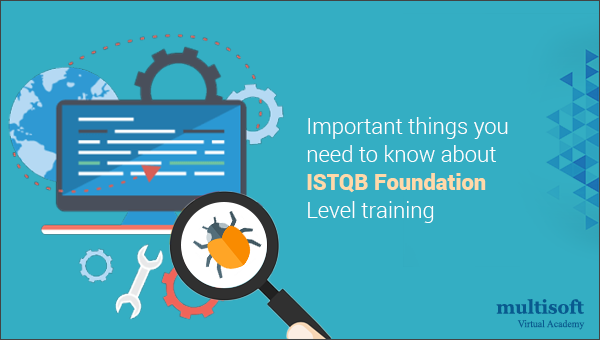
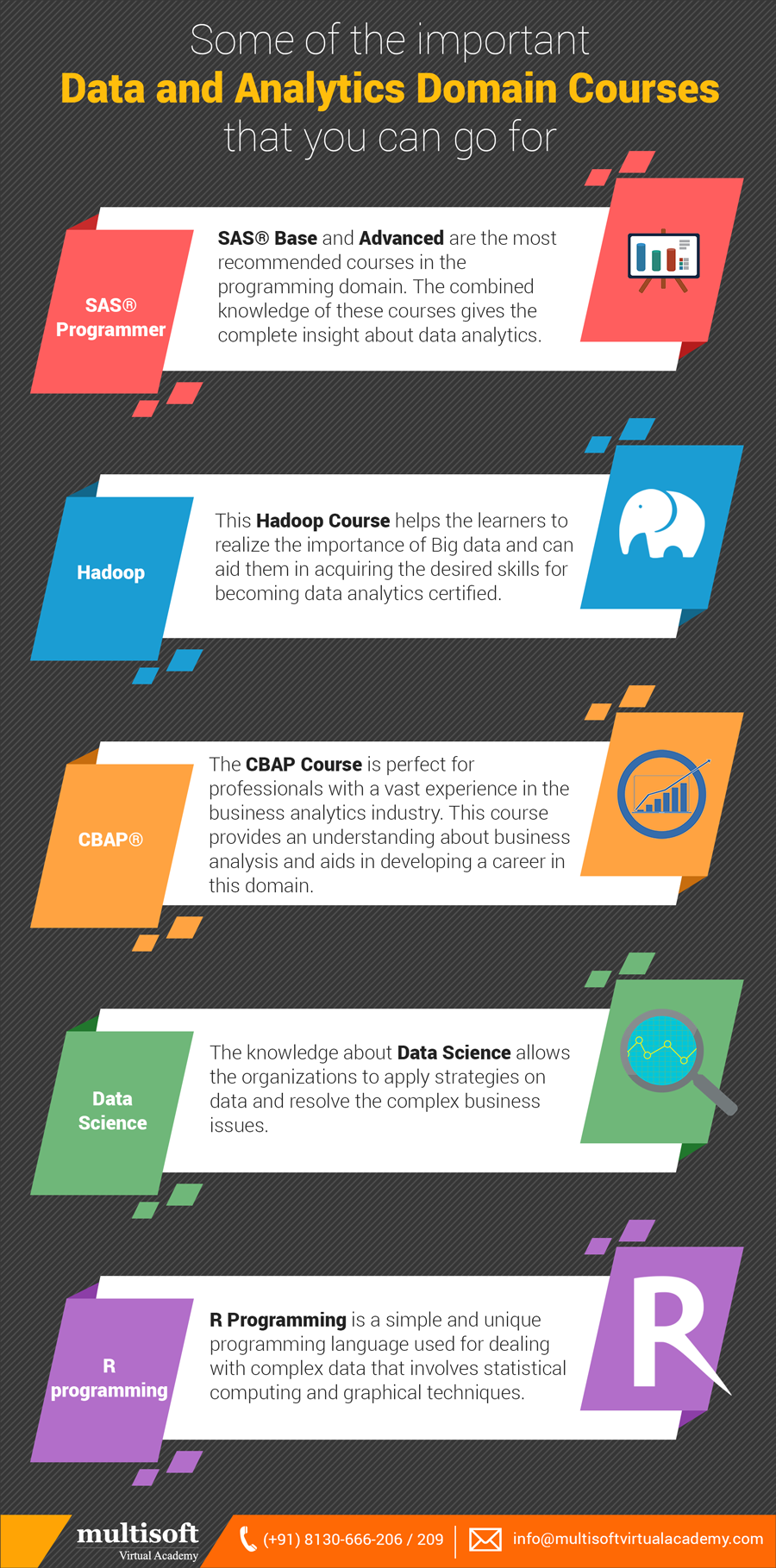
 Some of the important Data and Analytics Domain courses that you can go for:
Some of the important Data and Analytics Domain courses that you can go for:

 This training is also beneficial for the candidates who aspire to become cloud certified by clearing the certification examinations. The training provides the learner some insights about the requirements and benefits of the cloud computing that it can bring to an organization.
This training is also beneficial for the candidates who aspire to become cloud certified by clearing the certification examinations. The training provides the learner some insights about the requirements and benefits of the cloud computing that it can bring to an organization.
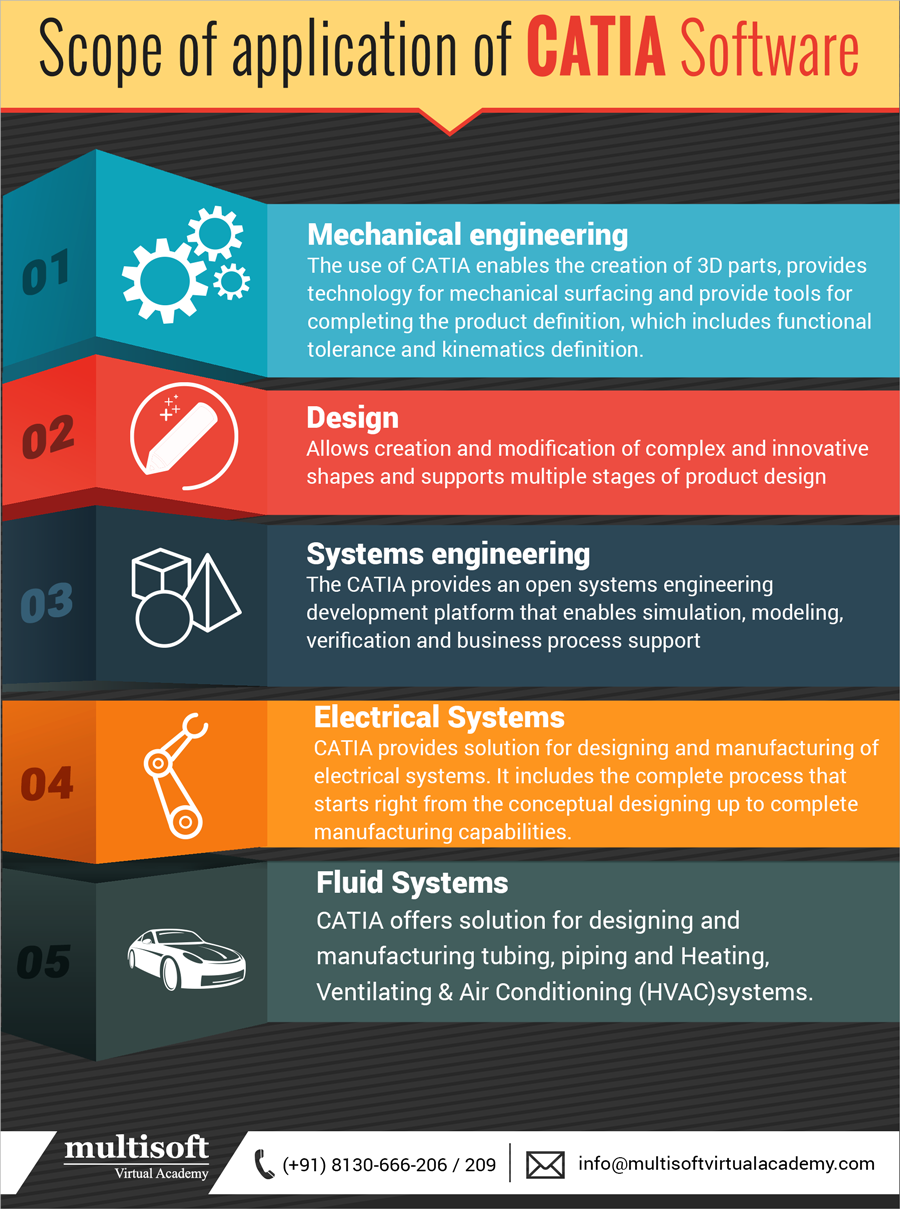


 There are a number of
There are a number of 
 Nowadays, with creation and exchange of large volume of data or
Nowadays, with creation and exchange of large volume of data or 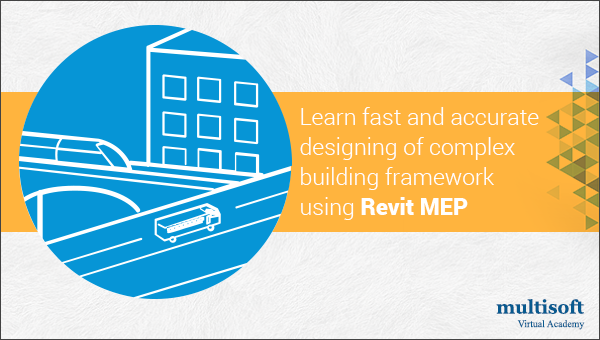
 This course is also equally beneficial for civil engineers, drafters and modelers. After finishing their course, the students will be able to analyze the calculations correctly and produce their MEP designs on the basis of these calculations. To allow you to take full advantage of Building Information Modeling, this training course also teaches you the concepts and principles of creating 3D parametric models of the MEP system from engineering design through construction documentation. The learner will also be able to do the following:
This course is also equally beneficial for civil engineers, drafters and modelers. After finishing their course, the students will be able to analyze the calculations correctly and produce their MEP designs on the basis of these calculations. To allow you to take full advantage of Building Information Modeling, this training course also teaches you the concepts and principles of creating 3D parametric models of the MEP system from engineering design through construction documentation. The learner will also be able to do the following:
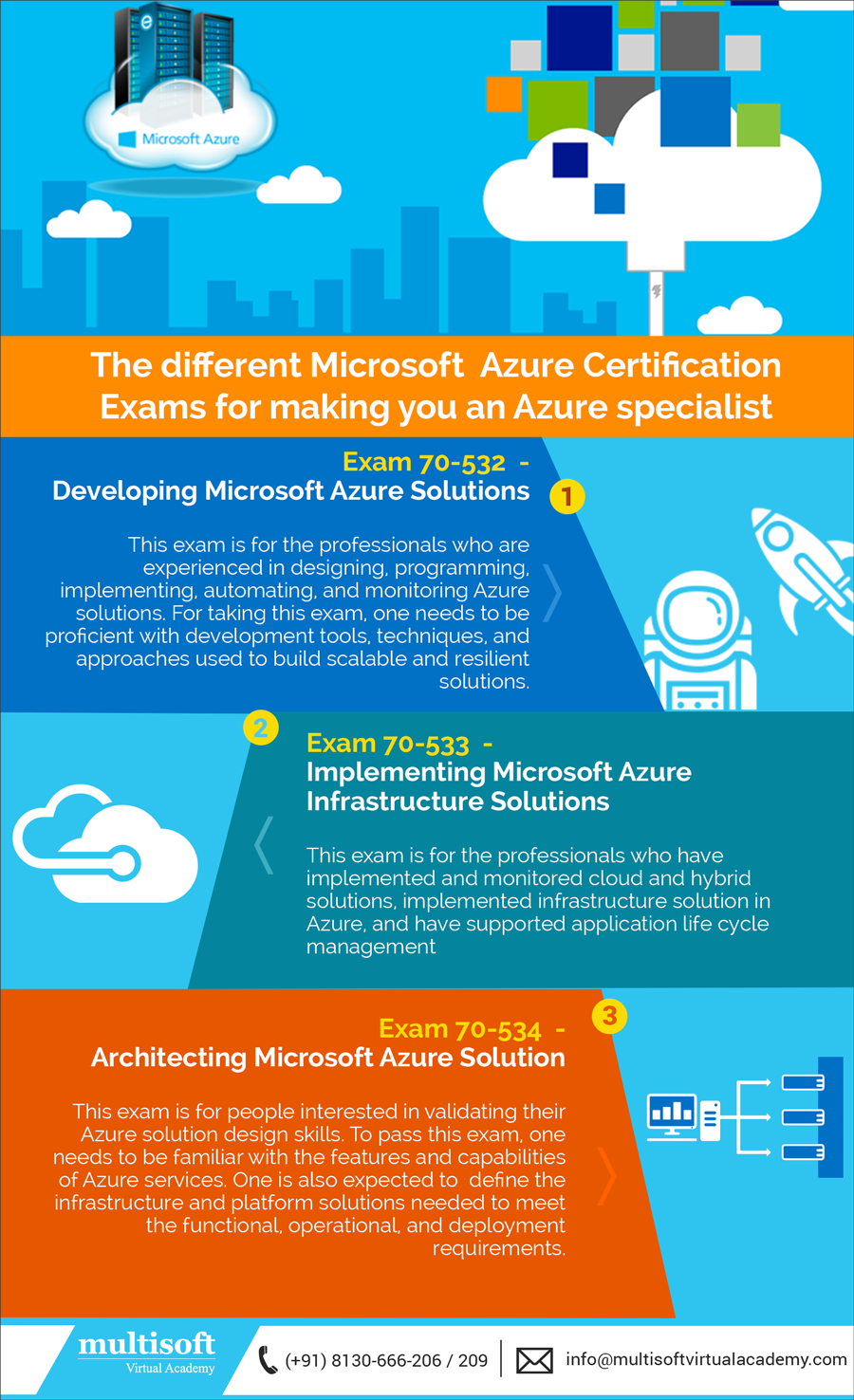
 Exam 70-532 — Developing Microsoft Azure Solutions
This exam is for the professionals who are experienced in designing, programming, implementing, automating, and monitoring Azure solutions. For taking this exam, one needs to be proficient with development tools, techniques, and approaches used to build scalable and resilient solutions.
Exam 70-533 — Implementing Microsoft Azure Infrastructure Solutions
This exam is for the professionals who have implemented and monitored cloud and hybrid solutions, implemented infrastructure solution in Azure, and have supported application life cycle management.
Exam 70-534 — Architecting Microsoft Azure Solution
This exam is for people interested in validating their Azure solution design skills. To pass this exam, one needs to be familiar with the features and capabilities of Azure services. One is also expected to define the infrastructure and platform solutions needed to meet the functional, operational, and deployment requirements.
Exam 70-532 — Developing Microsoft Azure Solutions
This exam is for the professionals who are experienced in designing, programming, implementing, automating, and monitoring Azure solutions. For taking this exam, one needs to be proficient with development tools, techniques, and approaches used to build scalable and resilient solutions.
Exam 70-533 — Implementing Microsoft Azure Infrastructure Solutions
This exam is for the professionals who have implemented and monitored cloud and hybrid solutions, implemented infrastructure solution in Azure, and have supported application life cycle management.
Exam 70-534 — Architecting Microsoft Azure Solution
This exam is for people interested in validating their Azure solution design skills. To pass this exam, one needs to be familiar with the features and capabilities of Azure services. One is also expected to define the infrastructure and platform solutions needed to meet the functional, operational, and deployment requirements. 
 The Role of MS Server:
The Role of MS Server:


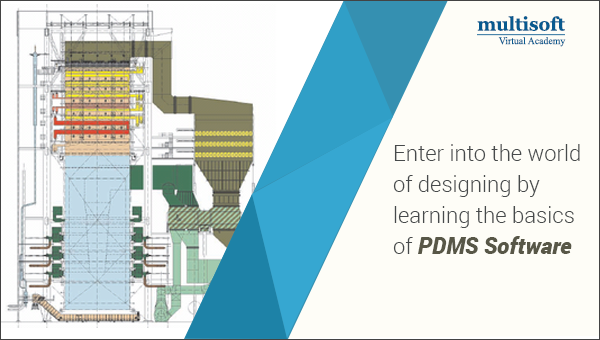



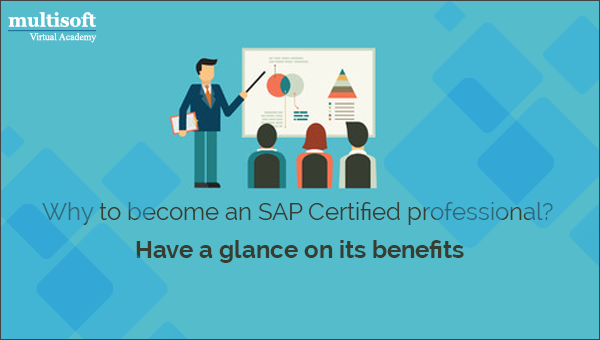
 It takes years of experience to gain adequate expertise for smooth implementation. Keeping all these things in mind, organizations are focusing towards employing SAP certified professionals which have increased the demand of certified individual and in turn, for this certification.
The
It takes years of experience to gain adequate expertise for smooth implementation. Keeping all these things in mind, organizations are focusing towards employing SAP certified professionals which have increased the demand of certified individual and in turn, for this certification.
The 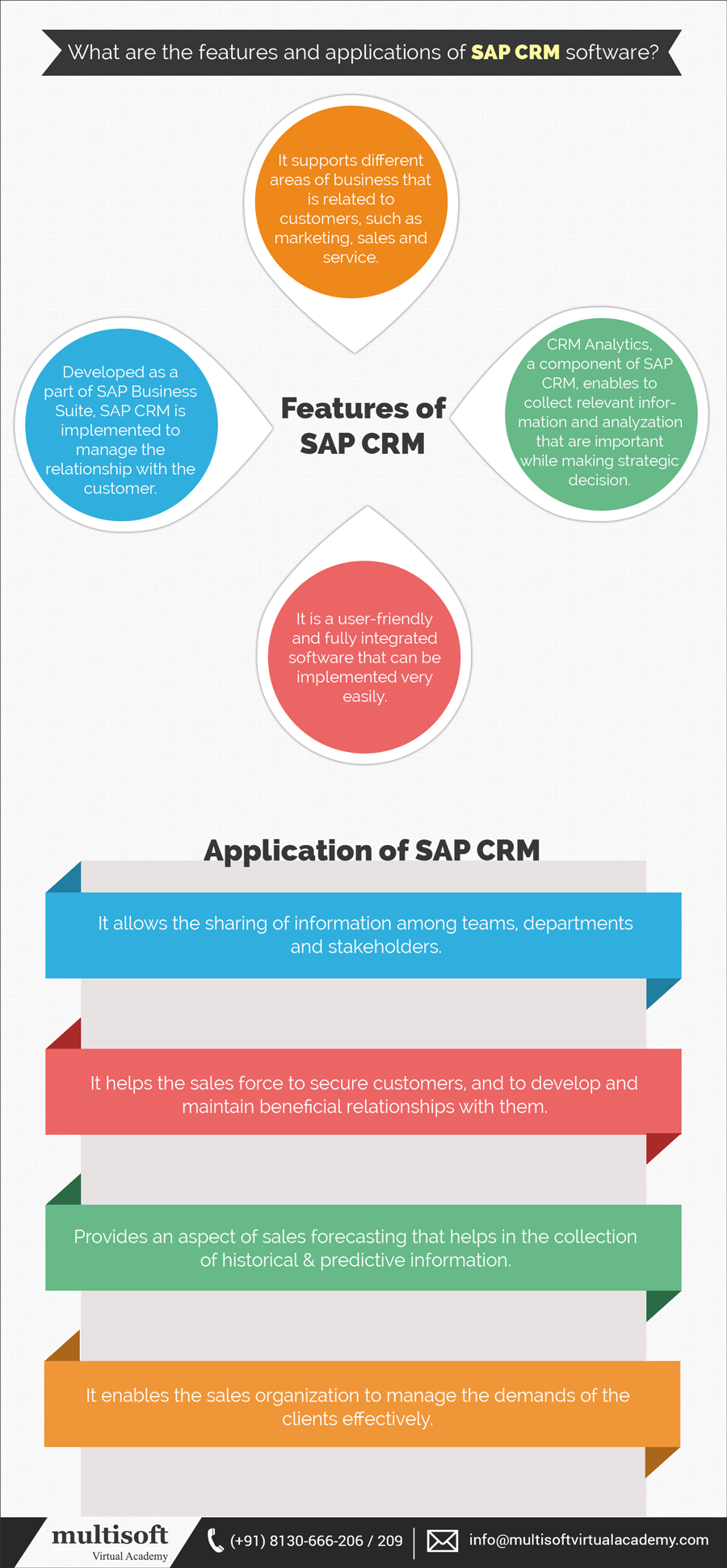
 SAP CRM Software Training[/caption]
Application of SAP CRM
SAP CRM Software Training[/caption]
Application of SAP CRM

 This method of training has tremendous advantages over any other method of learning. Just for an example, some people need to review content more than once in order to learn it efficiently. This type of feature is available with self-paced online learning where people can view the content over and over again until they get the total understanding of the subject content and are totally satisfied with their knowledge. Through this learning, the students can earn a degree or certification in a specific subject area by passing a series of assessments.
The other advantage of this learning process is its flexibility. Self-paced learning also allows the students to take as much time as they need to gain the skills and knowledge. This type of learning offers compelling benefits to both employers and employees. Some of these benefits are given as:
This method of training has tremendous advantages over any other method of learning. Just for an example, some people need to review content more than once in order to learn it efficiently. This type of feature is available with self-paced online learning where people can view the content over and over again until they get the total understanding of the subject content and are totally satisfied with their knowledge. Through this learning, the students can earn a degree or certification in a specific subject area by passing a series of assessments.
The other advantage of this learning process is its flexibility. Self-paced learning also allows the students to take as much time as they need to gain the skills and knowledge. This type of learning offers compelling benefits to both employers and employees. Some of these benefits are given as:
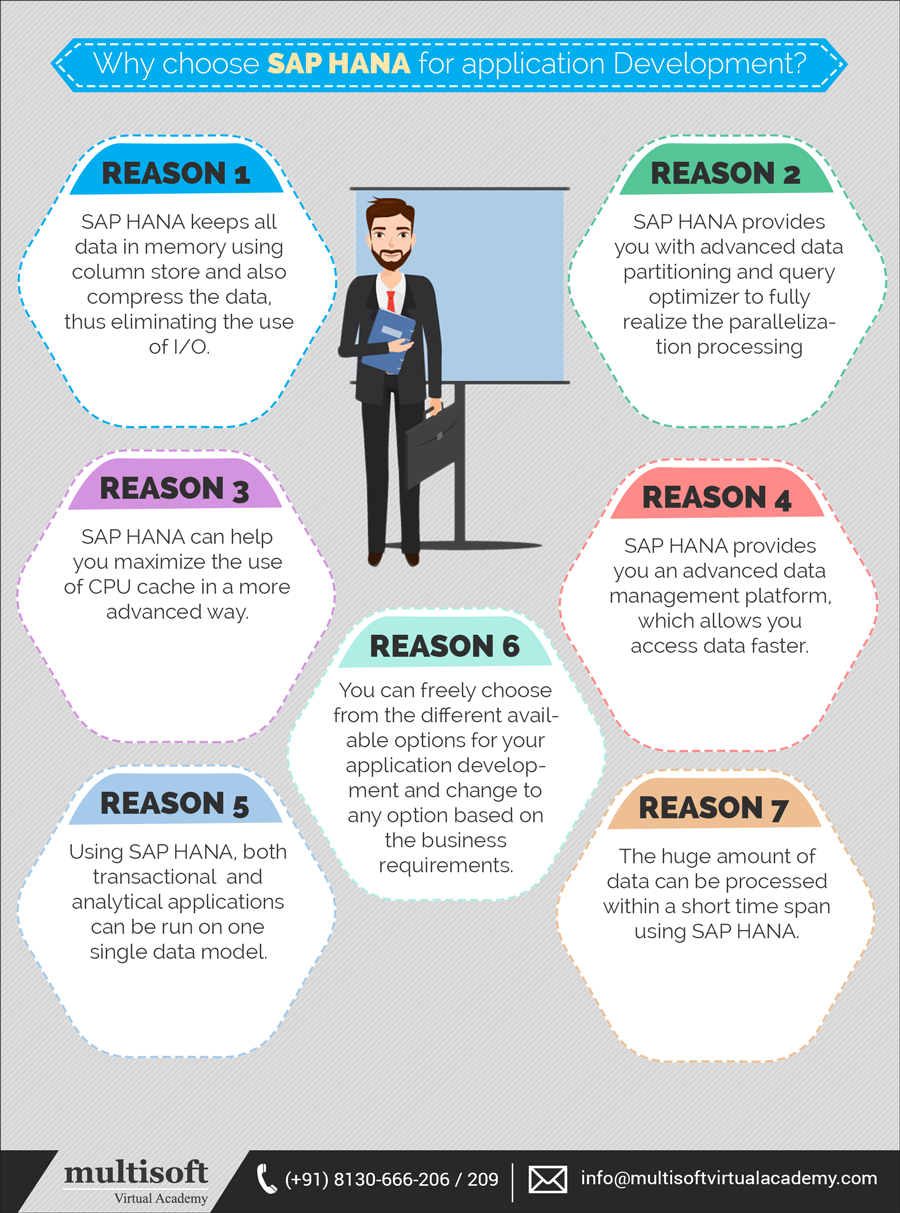



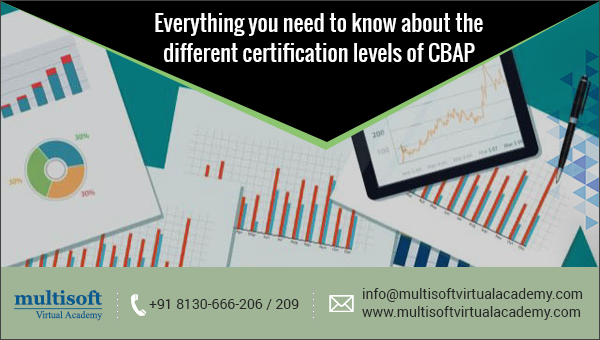
 This training can provide you a solid base for the IIBA certification exams. Earning the CBAP® certification gives you an instant credibility and respect among your peers. Following the guidelines given by BABOK, this certification course covers the following topics:
This training can provide you a solid base for the IIBA certification exams. Earning the CBAP® certification gives you an instant credibility and respect among your peers. Following the guidelines given by BABOK, this certification course covers the following topics:


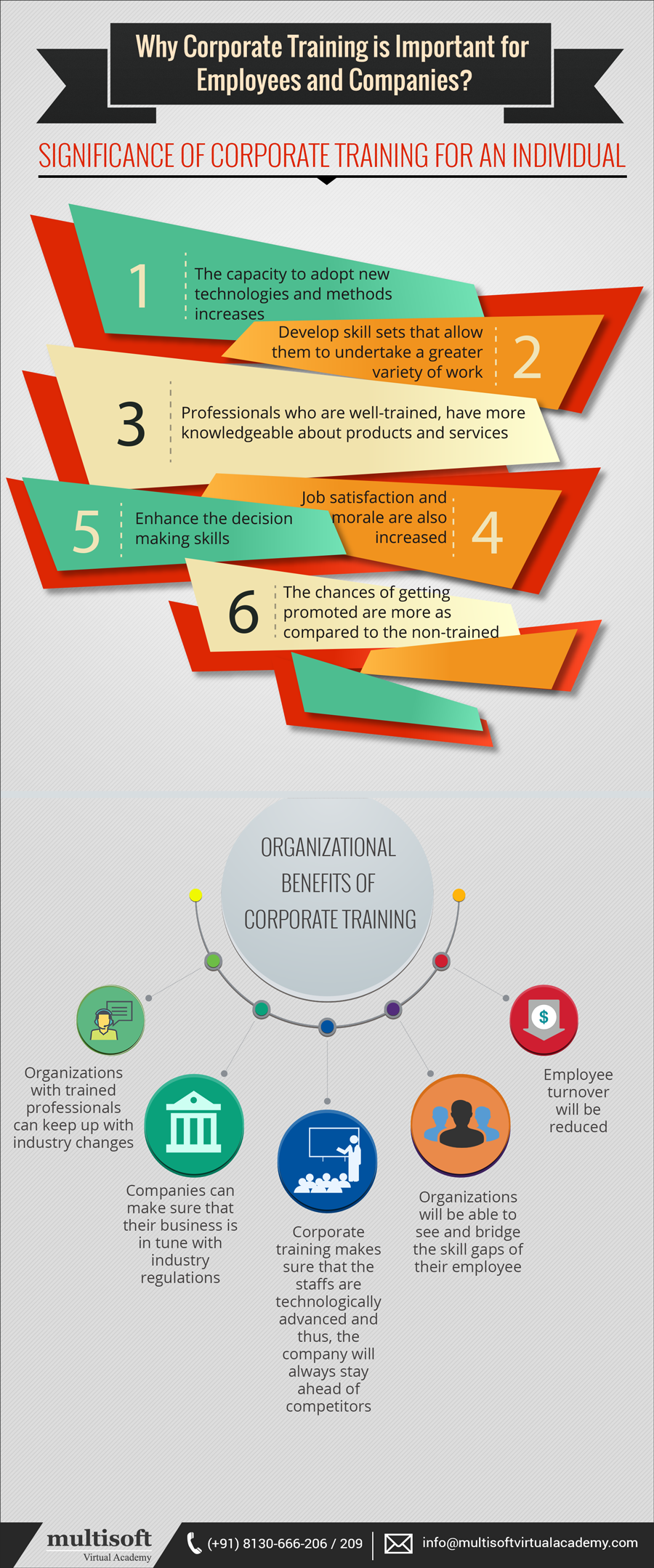


 Join our Live Instructor-Led online classes delivered by industry experts
Join our Live Instructor-Led online classes delivered by industry experts